IBP 2023 Korean Language Edition
Total number of books submitted: 62
Organizing Institute: Seoul National University Asia Center (SNUAC)
Secretary: Jong-Cheol Kim
Acting Secretary: Bomi Min
Reading Committee Members: Jong-wook Hong, Yungjin Lee, Hun Park, Joohee Kim
Sponsor of the IBP 2023 Korean Language Edition: Seoul National University Asia Center (SNUAC)

IBP 2023 Korean Language Winner
AUTHOR: 유형근 Hyung-Geun Yoo
TITLE: 분절된 노동, 변형된 계급: 울산 대공장 노동자의 생애와 노동운동
Labor Segmentation and the Decline of Class Solidarity: The Lives and Labor Movements of Large Factory Workers in Ulsan
PUBLISHER: 산지니 Sanzini, 2022
This book is an excellent study that analyzes the formation and the deformation characteristics of the working class in Korea through cases of blue-collar workers at Ulsan Hyundai Motors and Hyundai Heavy Industries. The author focuses on the changes over 40 years from the 1980s to the end of the 2010s in Ulsan, and widely surveys the factory as well as the workers’ living space, their families, their living conditions, and the regional community. The author’s attempt to show a sociological understanding of the life process and action-dispositions of large-factory workers becomes a new exemplar for studies in the labor movement and the working class. This work provides a complete analysis of the long-term dynamics of “labor segmentation and the decline of class solidarity.”
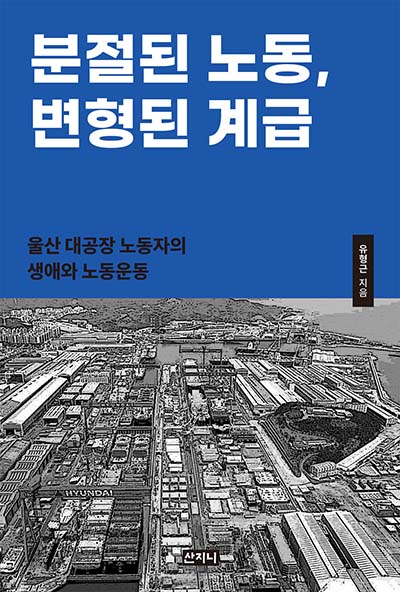
IBP 2023 Korean Language Shortlist
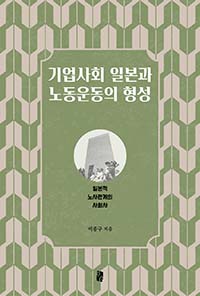 AUTHOR: 이종구 Chongkoo Lee
AUTHOR: 이종구 Chongkoo Lee
TITLE: [기업사회 일본과 노동운동의 형성: 일본적 노사관계의 사회사]
Japanese Enterprise Society and Shaping of Labor Movement: Social History of Japanese Style Labor Relations
PUBLISHER: 북인더갭 Bookinthegap, 2022
This book is a painstaking work, exemplary of regional studies in social sciences through empirical research and refinement of theoretical views accumulated over a long period to trace the social conditions and formative process of ‘Japanese style labor relations’. The Japanese labor relations have been popular in Japanese cultural discourse and have produced many follow-ups so far. However, this study claims a significant place in the research history in the field, as it excludes any explanations based upon the specificity of cultural traditions. Instead, it mainly examines the customary practices of human resources and labor management that were formed during the industrialization process. It would surely set an example for regional studies in Korea, where the atmosphere in the field tends to place too much emphasis on the practical policy study to help understand current affairs or solve domestic issues at hand.
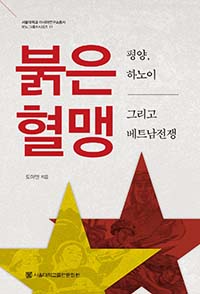 AUTHOR: 도미엔 Do Thanh Thao Mien
AUTHOR: 도미엔 Do Thanh Thao Mien
TITLE: 붉은혈맹: 평양, 하노이 그리고 베트남전쟁
Between Blood Ally and Self-Interest: Pyongyang, Hanoi and the War in Vietnam
PUBLISHER: 서울대학교출판문화원. Seoul National University Press, 2022
Between Blood Ally and Self-Interest investigates North Korea's support for North Vietnam. Along with existing research by Korean and Western academia, newly added research of a Vietnamese scholar completes this work. Above all, it is meaningful that this work comprehensively investigates, in a novel, stereoscopic and inclusive way, North Korea and North Vietnam’s establishment and development of diplomatic ties and their mutual influences. It is an achievement to solve an important puzzle in the modern and contemporary history of East Asia and Cold War studies. The ties between North Korea and Vietnam persist today, as seen in the North Korean leader’s route across China to visit Vietnam for the 2019 United States-North Korea Summit.
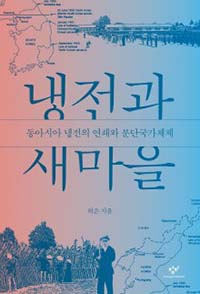 AUTHOR: 허은 Eun Heo
AUTHOR: 허은 Eun Heo
TITLE: 냉전과 새마을: 동아시아 냉전의 연쇄와 분단국가체제
The Cold War and the New Community: Successive Cold Wars in East Asia and the System of Divided Nation
PUBLISHER: 창비 Changbi Publishers, 2022
Many people know about Saemaul Undong or the New Community Movement in Korea. The positive image of the movement would consist of rural modernization, while the negative would be resident control and uniformization. This book adds to the images of the New Community Movement and argues that the concept of it created a strategic foothold of anti-Communist security during the Cold War era. The book suggests a perspective on the New Community as ‘the combination of development and security’ and ‘the coexistence of modernization and anti-Communism’, and strives to prove the elements of ‘security’ and ‘anti-Communism’. Three historical contexts are presented as background. The book appears to have presented a new perspective on the New Community by employing a wide view and excavating a variety of materials. Yet, more precaution may have been needed on the characteristics of Korean military administration when comparing with Manchukuo and Southeast Asian countries.
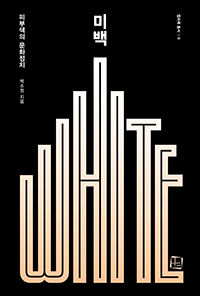 AUTHOR: 박소정 Sojeong Park
AUTHOR: 박소정 Sojeong Park
TITLE: 미백: 피부색의 문화정치 Mibaek: The Cultural Politics of Skin Color
PUBLISHER: 컬쳐룩 Culturelook, 2022
This book is a result of post-colonial cultural studies that examine skin whitening as a matter of identity formation through body technology, deformation and the deconstruction of rigidity in skin color. The author transcends the view that whitening is simply a preference or envy for the Caucasian race and the West, and suggests a new perspective that white skin moves around bodies of many races and nationalities through the concept of whitening assemblage to blur the borders. Through the semantics that whitening bleaches the skin, the book overcomes the discursive effect of existing post-colonial racism. The author especially focuses on the network of objects and vividly illustrates whitening as practical beauty and the East Asian transversality of K-beauty. This book is an excellent study that captures whitening as a major phenomenon in media culture or communication and reveals the gendered and racialized discourse of whitening on the post-colonial horizon.